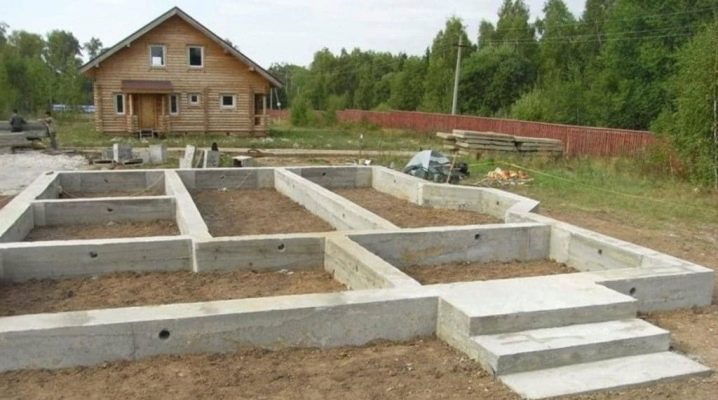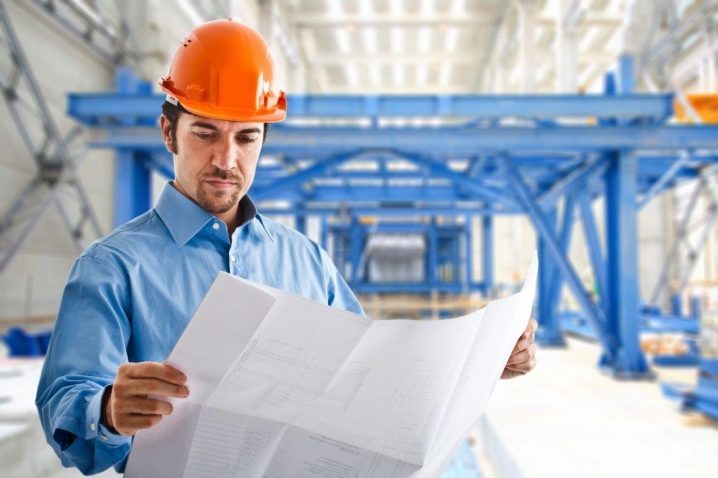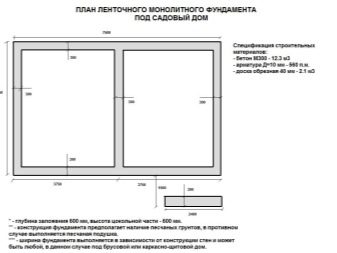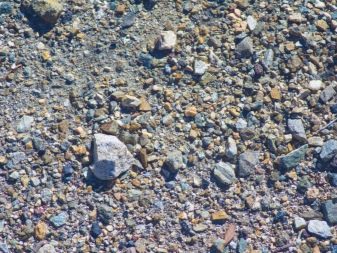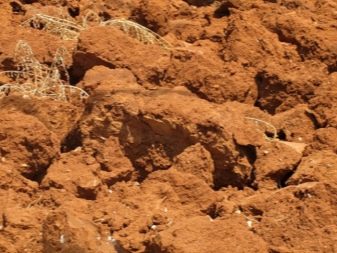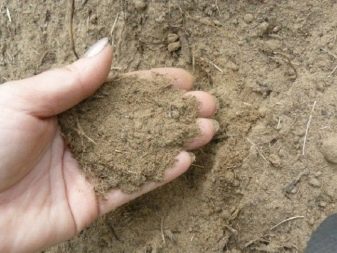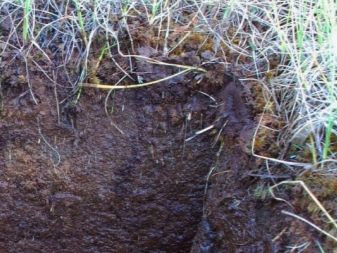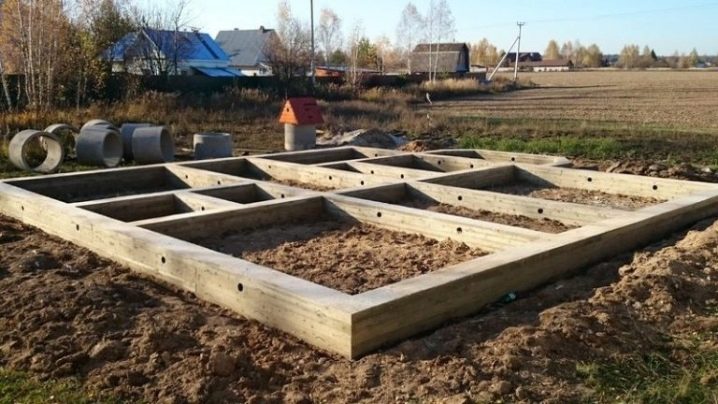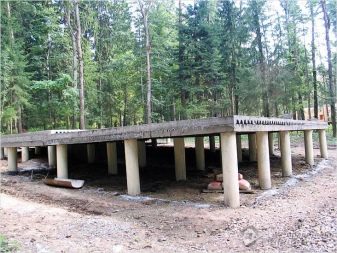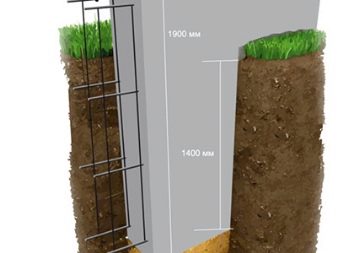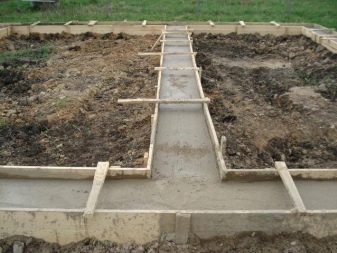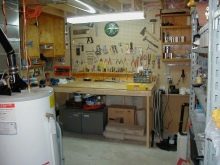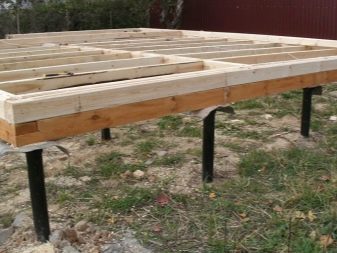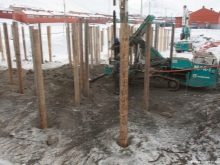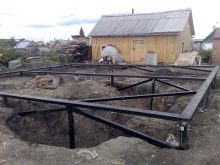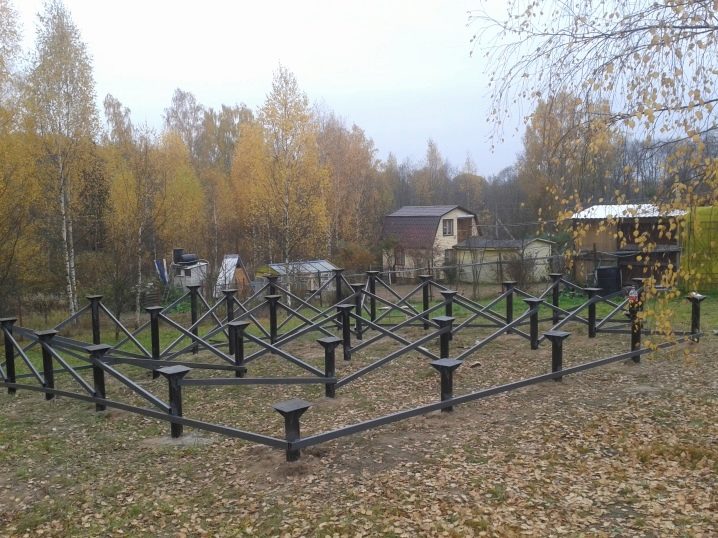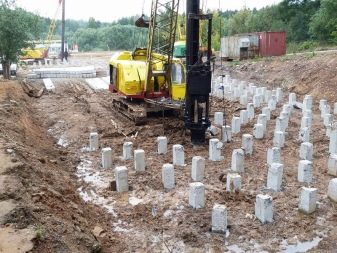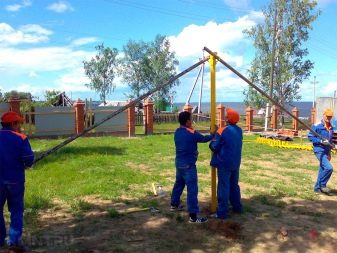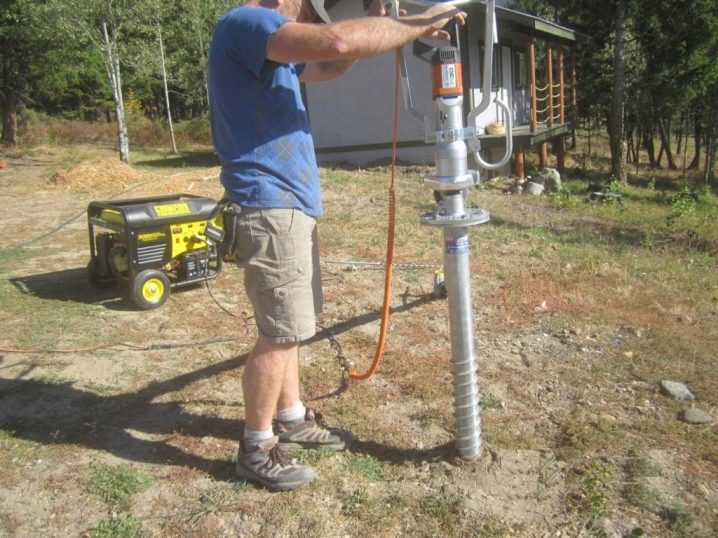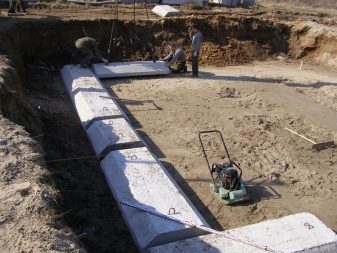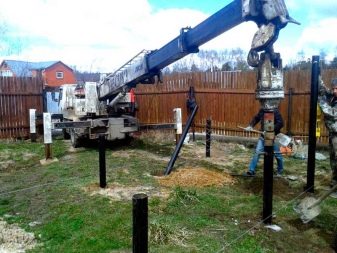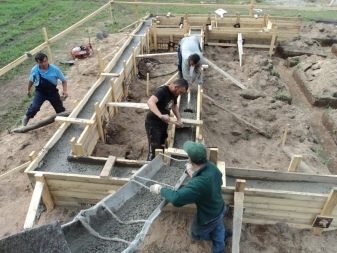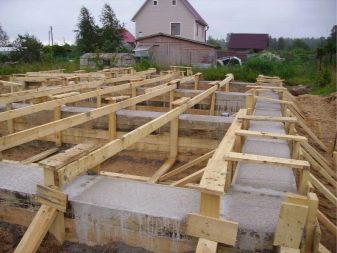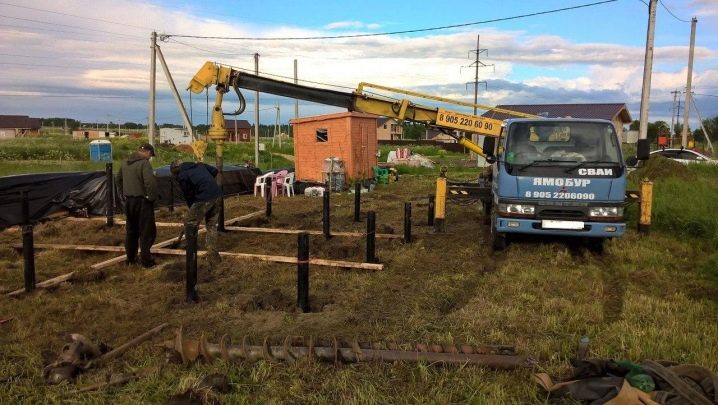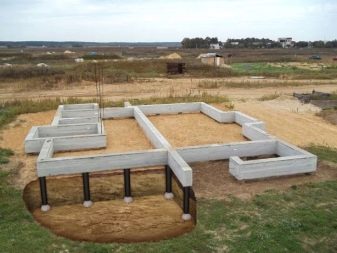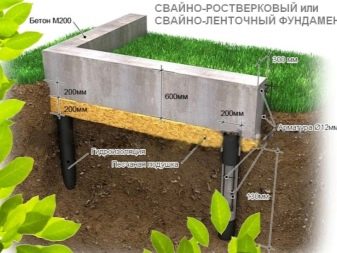Which foundation is better to choose: pile or belt?
The construction of any object begins with the preparation of the foundation. The most popular today are tape and pile types of bases. Let us see what are the advantages of each of them. This will help you decide which type is worth choosing.
Criterias of choice
It’s not quite right to say which foundation is better. Simply, each type of foundation (belt or pile) has its own characteristics and is suitable for a particular type of soil. Correctly choose the type of foundation will allow an objective assessment of the following aspects:
- soil features;
- features and type of object under construction;
- originality of each type of foundation;
- financial capacity, site size, etc.
Before giving preference to a particular type of foundation, thorough geological surveys should be carried out and soil samples taken at different times of the year. It is desirable that the analysis conducted by a professional. Based on the data obtained, a decision is made on the choice of the type of foundation.
Estimate how the latter will be profitable, will help calculate the load that the building has on the foundation. Also important points are the presence or absence of the basement, the height and purpose of the building.
These and many other calculations form the basis of project documentation. On the basis of it, a foundation plan is drawn up, in which its type, width, depth, configuration features, pile spacing, shape and dimensions, and section features of the latter are reflected.
If both types of foundation are suitable for this type of soil and concrete construction, it is recommended to make an estimate for each of them. After that, it will be possible to give an objective assessment of the financial and technical possibilities, as well as choose the best option.
Soil features
There are several types of soil.
- Stony and rocky soil. They are considered the best option for construction because they are characterized by durability, frost resistance, resistance to water. However, digging a pit or driving piles into such soil is not easy. The way out of the situation usually becomes leader drilling - preparation of the well into which the support is then driven in or lowered.
- Clayey They are distinguished by a greater heaving (they are saturated with water and acquire a “heaving” state, they swell up when they freeze). Clay soils are not very dense, and therefore susceptible to deformation. They are divided into clay, loam, sandy loam.
This is not the best option for construction, since there is a high risk of subsidence of the foundation, flooding of the base and the first floors of the facility, breakdown of communications. For such soils, the use of strip foundations is not recommended. The exception is clay, but only on condition that a deep-laid (up to 1.5 m) strip foundation is used.
- Sandy. In general, this type of soil can be attributed to non-rocky, since the sand passes water without being subjected to deformations and lends itself well to compaction. This soil has several varieties.These are gravelly soils (coarse sand), soils from medium sand and “silty” soils (based on the fine sand, which is similar to clay in its characteristics).
- Organic. These include silty, peaty soils. They are the most unsuitable for construction, as they are characterized by friability, high content of groundwater.
Summarizing, we can say that the strip foundation requires a more durable, dense, non-saturated soil. This type of foundation is not recommended for use on relief soils, during construction on mountain slopes, near water bodies.
The use of a strip base on soils of organic origin is strictly prohibited.
The pile method (depending on the chosen technology of driving in of the supports) can be located on almost any type of soil - saturated with moisture, moving, clay and even organic. However, on too dense rocky soils, an attempt to drive a pile is fraught with its deformation. Impossible to use and pile-screw method of installation of supports. The way out of the situation will be the installation of strip foundations or preliminary leader drilling of wells for ramming supports.
In other matters, on solid, but not rocky soils, you can try to organize a pile foundation using the technique of washing away the soil. For this, a mine is also being prepared, into which the support is lowered (as far as possible). After that, water is fed into the space between the support and the shaft. Flowing down, it softens the soil, and also helps reduce friction between the structure and the soil.
A pile foundation can help lift a building, which makes it optimal for objects prone to flooding. The main thing is to use reinforced concrete piles with a reliable anti-corrosion coating in 2-3 layers.
Specifications
Visually, the strip foundation is a reinforced concrete strip, which stretches along the entire perimeter of the building and closes into a single system. It is of two types: monolithic and modular. The first is organized by pouring reinforced concrete with concrete, the second is assembled from reinforced concrete blocks fastened together with a concrete solution and additionally reinforced. Depending on the depth of the basement, it may lie below the depth of soil freezing (deep foundation) or above this mark (finely embedded).
The degree of depth of the ribbon base is selected based on the characteristics of the structure. Capital dimensional objects, as well as the construction of brick, stone require a deep foundation of the foundation. For small outbuildings, wooden or frame houses, you can use a shallow analogue of the base.
In general, the tape base is suitable for most types of building. At the same time, it is possible to regulate its depth, and therefore, if necessary, reduce the cost price.
In contrast to the pile, the base of the tape type allows you to equip the basement and basement rooms in the house. With high-quality insulation of the basement can significantly reduce the heat loss of the structure, thereby reducing the cost of its heating.
In the basement, you can arrange the boiler room, garage, workshop, swimming pool. In other words, you can increase the useful or technical area of the room. However, we must not forget about the soil on which it is planned to build a house with a basement floor. It is unlikely that the use of the latter will be comfortable in conditions of regular flooding. Namely, this should be expected during the construction of a similar object on soils with a high level of rise of groundwater and on highly-melted soils.
Under the pile foundation is meant the construction of supports hammered into the ground, connected from above by beams or a grillage (monolithic slab on a concrete or reinforced concrete base). The load falls on these supports, which are characterized by high strength. Piles are driven below the ground freezing level. They must pass through the dangerous strains that are prone to deformation and strengthen themselves on strong layers.
Supports can be made from:
- wood (less durable, suitable for small wooden buildings);
- metal (can be used as residential buildings on one floor);
- reinforced concrete (the most durable metal constructions, filled with concrete and reinforced in the transverse direction with steel reinforcement, are suitable for multi-storey construction, organization of hydraulic and engineering structures, industrial and agricultural facilities).
Installation of piles can be done in several ways. This is the main advantage of this technology - by choosing one or another method of installation, you can adapt the pile foundation to almost any, even the most "capricious" type of soil.
Pile foundations can be mounted not only on permafrost, water-saturated and unstable soils, but also in regions with high seismic activity.
All the variety of methods of pile driving can be reduced to several groups.
- Hammering methods they suggest driving a pile into the ground or pressing it in with special vibration setting devices. The method requires the use of heavy machinery, protection of the pile with a special tip (so that it does not split when hit). It can only be used in undeveloped areas. This is due to the fact that the installation process is accompanied by a high level of noise and vibrations, which adversely affect the soil of the bases of neighboring buildings.
- Stuffed methods (they are also submersible) suggest lowering the pile in a pre-prepared well. Its diameter is slightly larger than the diameter of the pipe, so casing is used to fix the latter. Also, the free space between the walls of the well and the side surfaces of the support can be filled with a ground mortar or similar cement and sand. This method differs from the previous one by reducing the noise level, the absence of vibrations, so it can be used even in conditions of dense urban development.
- Method of screwing piles It also involves the use of a previously created mine, but the pile is not lowered or hammered into it, but screwed in thanks to the blades at the bottom of the support. Due to this, there is a reduction of friction between the support and the soil, and therefore - simplifying the installation process.
A significant drawback to the foundation on stilts is the inability to build a building with a basement. This is not only inconvenient, but also requires more serious insulation of the building itself.
The cost and complexity of installation
If we talk about the financial costs and laboriousness of the process, then in this respect, the strip foundation loses to the pile foundation - it is more expensive. It involves the conduct of excavation, the purchase of sand and gravel for the "cushion", as well as the duration of the process because of the need to wait for the concrete to pick up the desired strength.
Installation of both pile and strip foundations is recommended in the warm season in dry clear weather. At negative temperatures, the pouring of concrete and the installation of piles can be carried out if the level of soil freezing does not exceed 1 m. However, in this case it is necessary to use special equipment and add special components to the solution so that the concrete has gained the necessary strength. This increases the cost of installation.
In spite of the fact that, theoretically, piles can be driven even in winter, such an installation threatens to roll when the ground melts.
If it is not possible to postpone construction until the warm season, you should use special devices that generate hot steam. They are lowered into the well to warm the soil, after which they mount the support in a convenient way.
On the other hand, if you have the necessary skills, the strip foundation can be organized by your own hands, without involving special equipment. The only exception is the concrete mixer, necessary for pouring the foundation of a large area. If we are talking about the small size of the base, then the solution can be prepared independently directly on the construction site.
However, this statement cannot be considered fair with respect to strip foundations of a large area. The fact is that to ensure high bearing capacity, the solution of concrete must be poured at a time. With a large front of work can not do without the involvement of special equipment and hiring a construction team.
The organization of the pile foundation in most cases involves the involvement of heavy machinery (mining installations, excavators with a hammer, etc.)). If we are talking about systems for vibro immersion of piles, then special equipment can be placed only on construction sites whose dimensions are not less than 500 m kV. Personally, you can install only piles with blades. It will be cheaper, but the process will be laborious and time consuming.
The way out of the situation, if it is necessary to build a capital object on weak, mobile soils prone to freezing, will be the installation of a pile-strip foundation. Reviews of professional builders confirm that this option includes the best characteristics of the foundation on piles and strip counterpart. WITHVai provide resistance to the deformation of the soil, and the concrete "strip" takes on the load of the building.
That is better: tape or screw piles for the foundation, see the following video.
